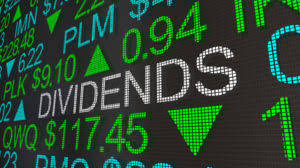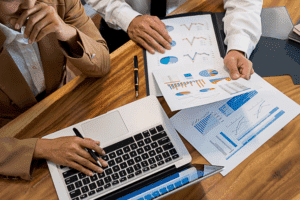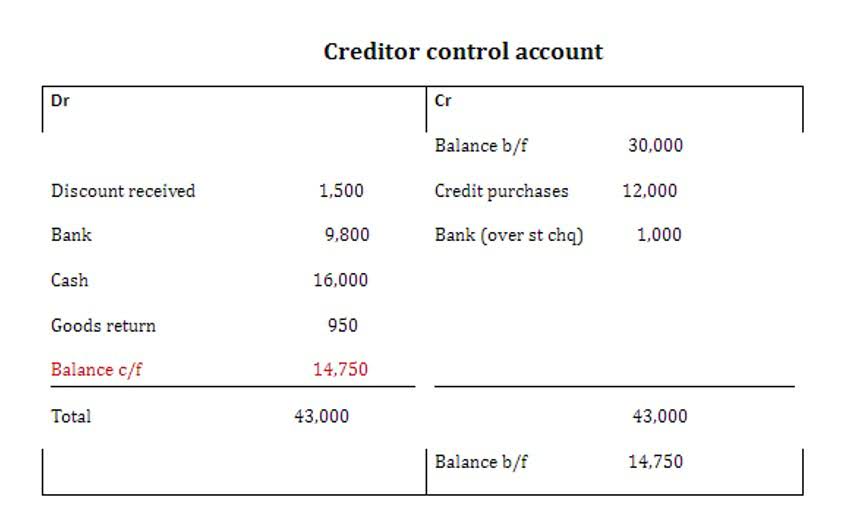
They carry a monetary value used to earn revenue and profit for the enterprise. They are usually land and building, plant and machinery that may be fixed or movable, or any other equipment that can be categorized as the same. They are recorded at cost and are depreciated over the estimated useful life, or the actual useful life, whichever is lower. Though plant assets are sometimes seen as expensive, not all have the same value or are prioritized by a company. In this article, we’ve explained the concept of plant assets in very detail.
- The last entry would be posted every year for the next 30 years, resulting in nil value at the end of the useful life.
- Over time, plant asset values are also reduced by depreciation on the balance sheet.
- That’s right, unlike other assets, plant assets lose value over time.
- Typically this includes assets like machinery, building structures, office equipment, and vehicles.
- Plant assets are goods that are considered long-term assets because of their high price or worth, even if the assets depreciate.
What are Plant Assets? Definition, Examples, Management

A business that owns its office premises outright (another plant asset) is not only saving on rental costs but also has security of location. Once bought, it’s not going to make a quick exit from the balance sheet after a few uses. It’s embedded into the production process, playing a crucial role in generating revenue and overall profitability for more than a fiscal year. Like any category of assets, it’s critical to evaluate plant assets on a company-by-company basis. From there, companies within an industry can often be easily compared. Other methods are – Double Declining Balance Method, Insurance Policy Method, Unit Production Method, etc.
What is a depreciation expense?

Plant assets are goods that are considered long-term assets because of their high price or worth, even if the assets depreciate. It’s crucial to recognize which of your assets are plant bookkeeping assets, regardless of their worth. The goods you can include in this category are usually useful assets that help your business well. Current assets are expected to be used within a year or short-term time frame. Current assets typically include cash, inventory, accounts receivable, and other short-term liquid assets.
Main Elements of Financial Statements: Assets, Liabilities, Equity, Revenues, Expenses
Therefore, the company would record the machine at £110,000 as https://www.bookstime.com/ the initial cost. Let’s take another look at The Home Depot, Inc. balance sheet as of February 2, 2020. Here’s an overview of GE Vernova’s business and whether the stock would benefit investors’ portfolios. For the past 52 years, Harold Averkamp (CPA, MBA) hasworked as an accounting supervisor, manager, consultant, university instructor, and innovator in teaching accounting online. For the past 52 years, Harold Averkamp (CPA, MBA) has worked as an accounting supervisor, manager, consultant, university instructor, and innovator in teaching accounting online.
- As such, these assets provide an economic benefit for a significant period of time.
- As time goes on, plant assets wear down and must be replaced, although most companies try to extend useful life for as long as possible.
- They are recorded at cost and are depreciated over the estimated useful life, or the actual useful life, whichever is lower.
- Plant assets are indeed investments in the true sense of the word – investments into the future success of the business.
- The next plant assets characteristics is that it should be able to provide benefit to the business for more than one year.
- Plant assets and the related accumulated depreciation are reported on a company’s balance sheet in the noncurrent asset section entitled property, plant and equipment.
Understanding Plant Assets: One Characteristic of Plant Assets is that they are
The assets on a balance sheet contribute to a company’s overall profitability and worth. Plant assets are frequently among the most useful and financially supportive assets. Regardless of the company you’re analyzing, plant assets tend to be those held for long-term use and depreciated over their useful lives.
Subsequent Costs

A plant asset can be defined as any asset that can be utilized to produce revenue for the company. These assets are significant for any business entity because they’re necessary for running operations. Besides, there is a heavy investment involved to acquire the plant assets for any business entity. The company’s top management regularly monitors the plant assets to assess any deviations, discrepancies, or control requirements to avoid misuse of the plant assets and increase the utility. To be classified under the category of this kind of asset, it should be of tangible nature, which means that it what are plant assets should have the feature of being seen or touched. The next plant assets characteristics is that it should be able to provide benefit to the business for more than one year.

Over time, plant asset values are also reduced by depreciation on the balance sheet. Generally, plant assets are among the most valuable company assets and tend to be relied on greatly over the long term. As such, these assets provide an economic benefit for a significant period of time. Plant assets are key to a company’s production process and are often considered among the most valuable items on the balance sheet. Here, we’ll discuss what plant assets are, why they matter, and how they fit into a company’s financial circumstances.
